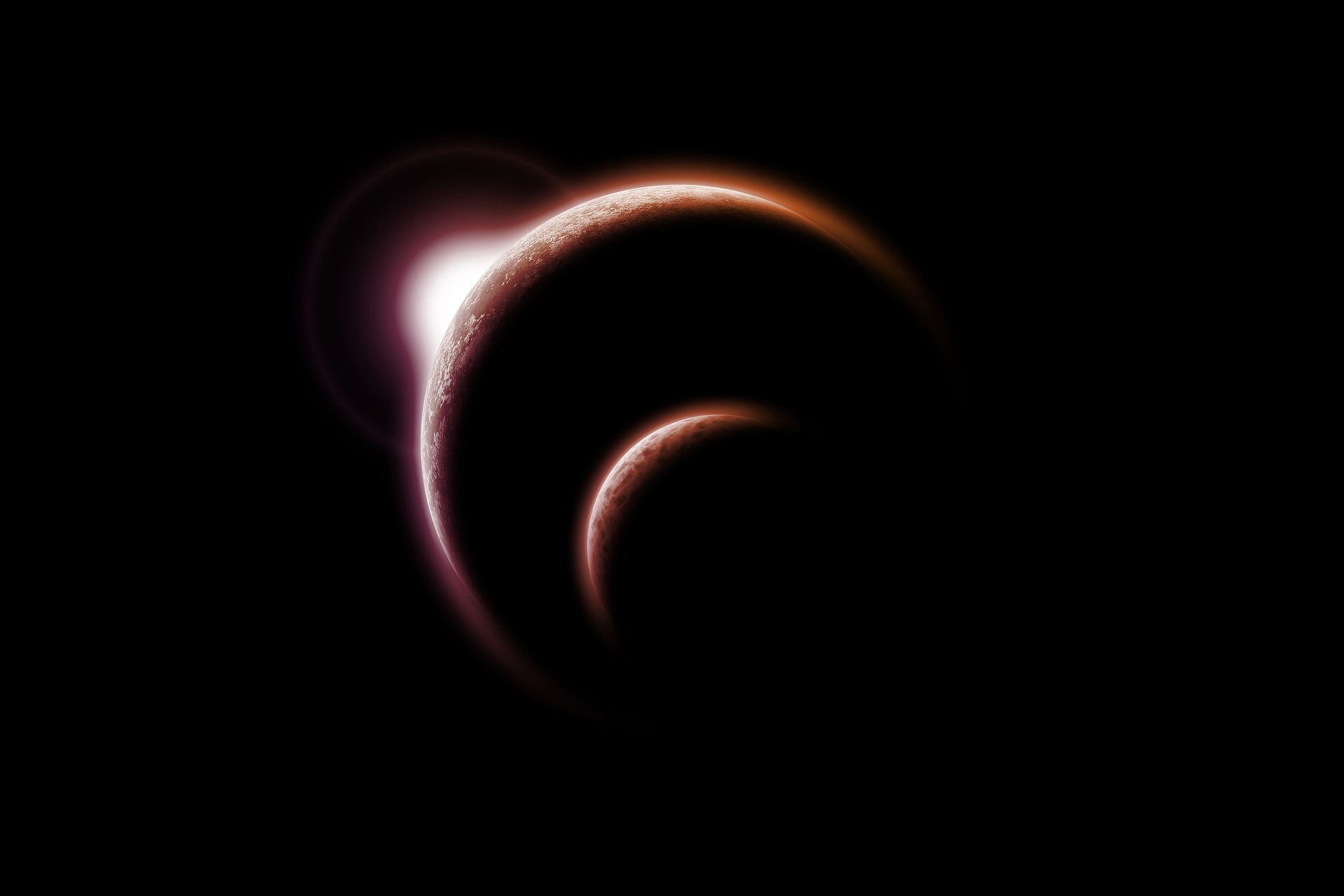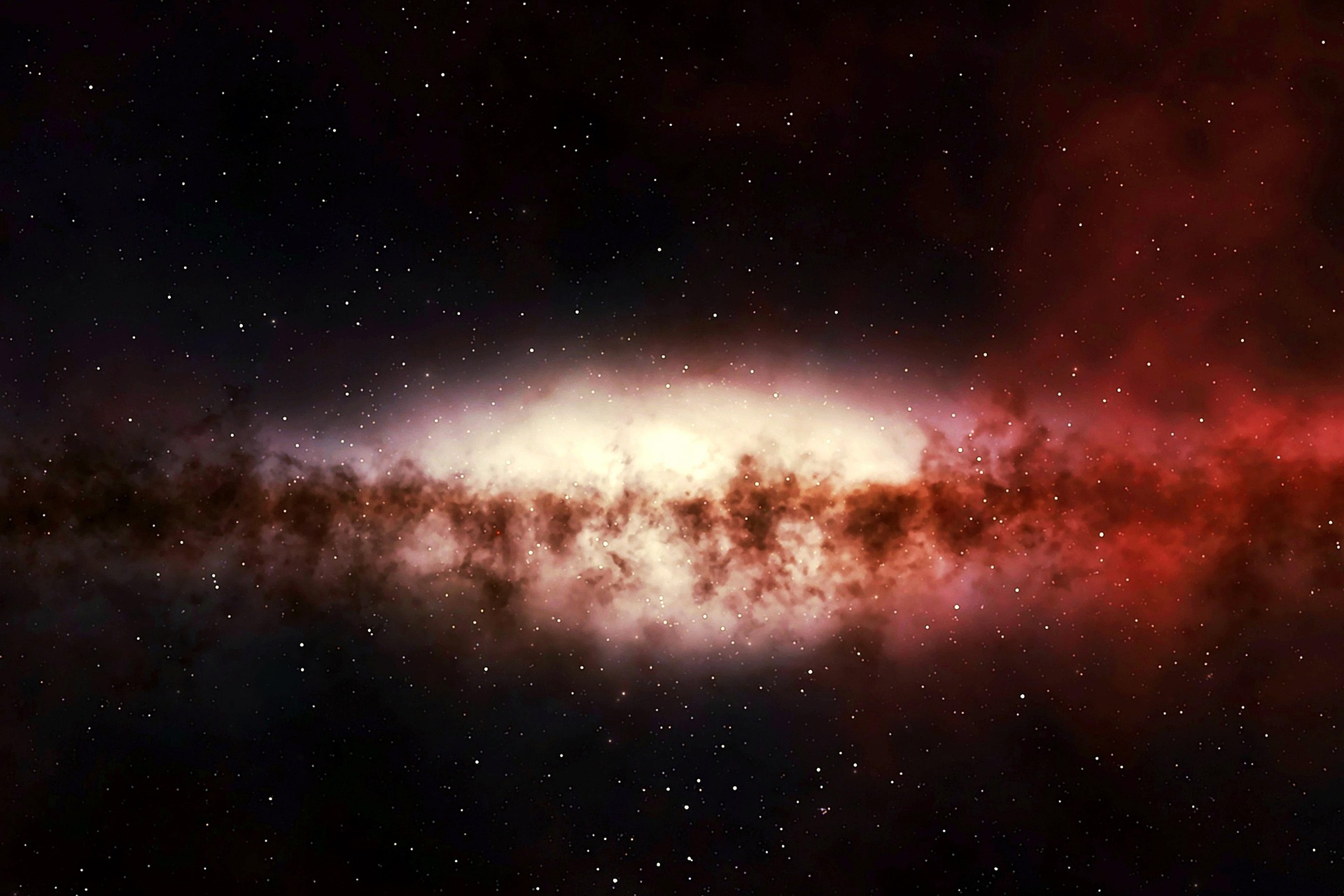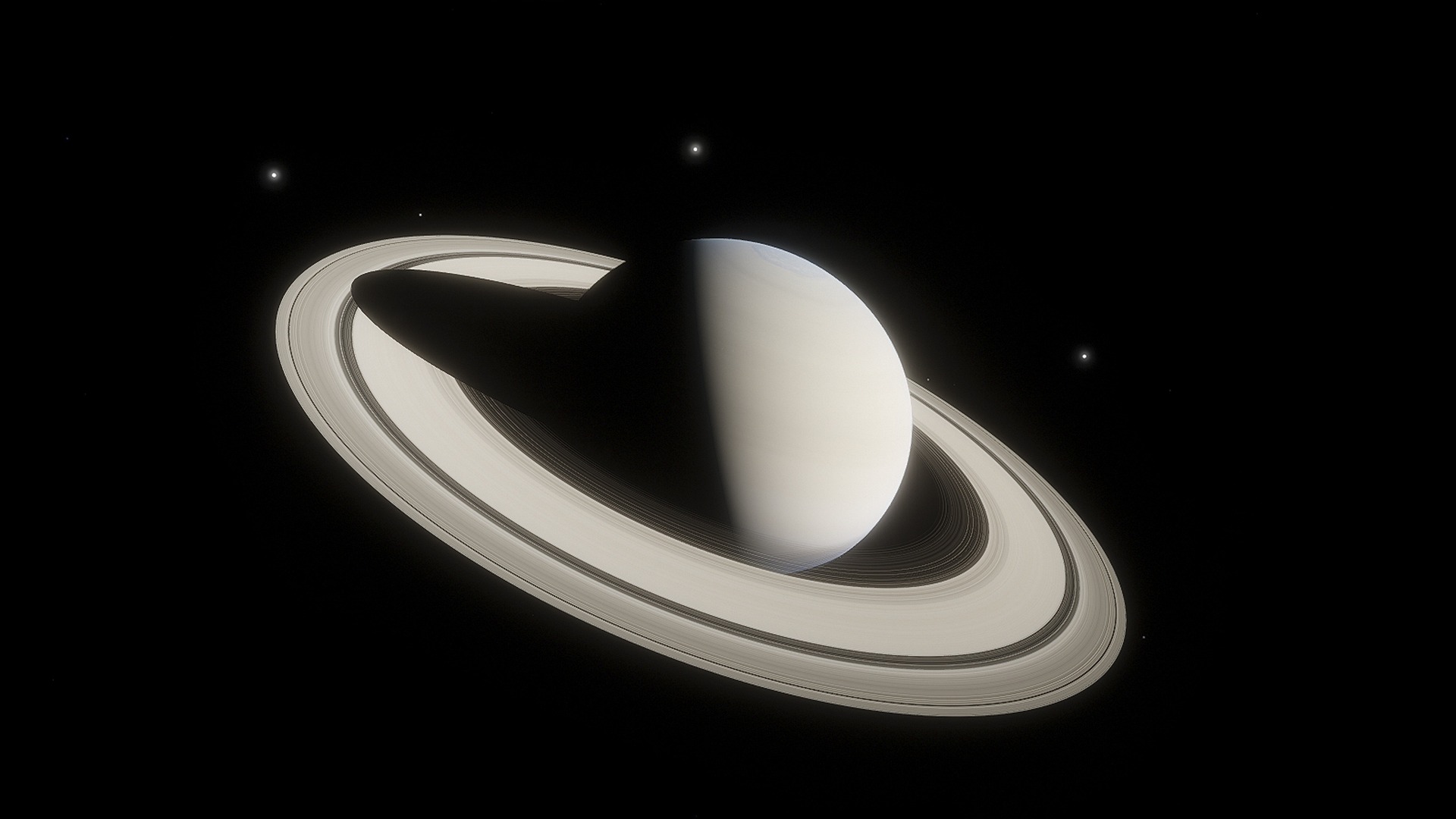Astronomers have confirmed that super-Earths—planets larger than Earth but smaller than Neptune—are not only the most widespread type of exoplanet in the Milky Way but also possibly among the best candidates for habitability. These intriguing worlds may offer conditions even more favorable to life than our own planet, upending long-standing assumptions in planetary science.
A galaxy rich with super-Earths
Typically ranging from 1.4 to 2.4 times Earth’s size, super-Earths are now recognized as the dominant planetary type in our galaxy. They are especially common around M-dwarf stars, which vastly outnumber stars like our Sun. Studies suggest that roughly 40% of these cooler, smaller stars host at least one super-Earth, indicating the Milky Way may contain tens of billions of such planets.
While many of these planets have been discovered in tight orbits due to the ease of detection via the transit method, newer microlensing techniques are now revealing super-Earths in distant orbits—once considered rare—similar in scale to those of Jupiter and Saturn.
A strong case for habitability
Beyond sheer numbers, super-Earths also show promise as potential life-bearing worlds. Their larger mass allows for thicker, more stable atmospheres that can shield against radiation and help retain heat. In some cases, they may host shallow oceans, where light can reach the seafloor—ideal conditions for microbial life.
One standout example is K2-18b, located about 110 light-years from Earth. It resides in its star’s habitable zone and has an atmosphere containing water vapor—an essential ingredient for life. Its position and atmospheric profile have made it one of the most closely studied super-Earths to date.
New discoveries and expanding targets
Advances in technology have led to a rapid increase in the number of known super-Earths. NASA’s TESS mission has recently identified several promising candidates, including TOI-6002 b and TOI-5713 b—both about 1.6 to 1.8 times Earth’s radius, orbiting nearby M-dwarf stars with short orbital periods. These close-in planets are easier to study and may serve as testing grounds for future atmospheric analysis.
Another major find is the discovery of a three-planet system around the star HD 48498. One of the super-Earths in this system lies within the habitable zone, making it a high-priority target for follow-up research.
A challenge to formation models
The prevalence of super-Earths is also pushing astronomers to reconsider existing models of planetary formation. New theories suggest that these planets may emerge from concentrated bands of planetesimals—clumps of rock and ice—in protoplanetary disks. This process could explain the so-called “radius valley,” a notable gap in the population of exoplanets between 1.5 and 2 Earth radii, possibly linked to atmospheric loss over time.
Looking ahead
Super-Earths have moved to the forefront of exoplanet research, offering more than just numerical dominance. With atmospheres that can support insulation, orbits in habitable zones, and increasing observational accessibility, they may represent our best shot at finding life beyond Earth. As telescopes and detection methods continue to improve, the search for signs of biology on these alien worlds is just beginning.





